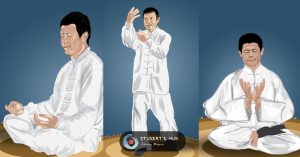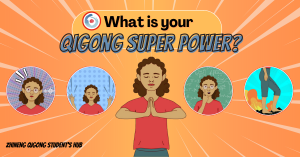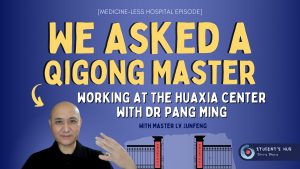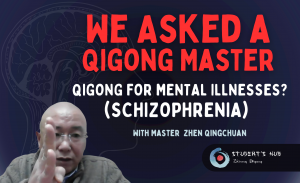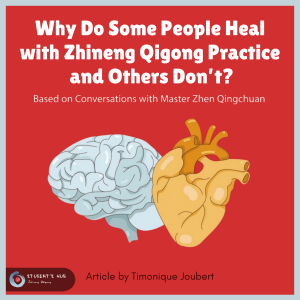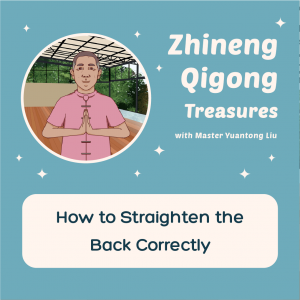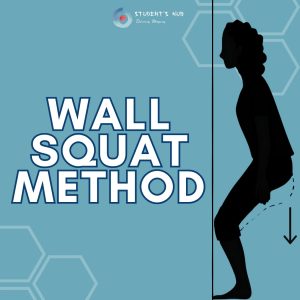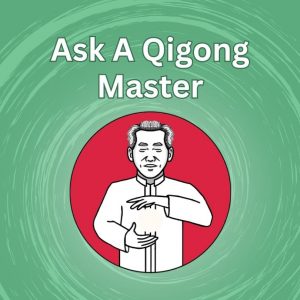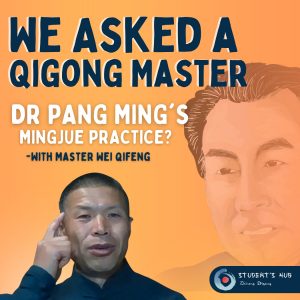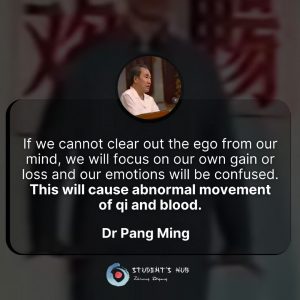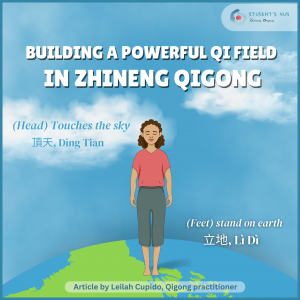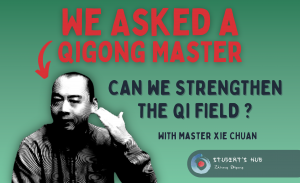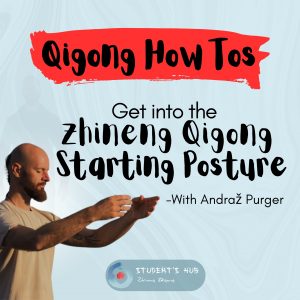Uncategorised
Building a Powerful Qi Field in Zhineng Qigong
Building a Qi field is an important aspect of Zhineng Qigong practice
What is a Qi field?
A collective Qi field is an energy field that is created when someone or a group of people practice together. It is believed that the Qi field amplifies and enhances the individual Qi of each practitioner, resulting in a more powerful and effective practice. Organizing a powerful Qi field can also be used for any other kind of life activity, such as for your study, professional projects, meetings, relationships, personal success etc. Dr Pang Ming, founder of Zhineng Qigong was one of the first people to introduce a collective Qi field, allowing practitioners to connect with a larger Qi field during their practice whether they practiced on their own, or in a group.
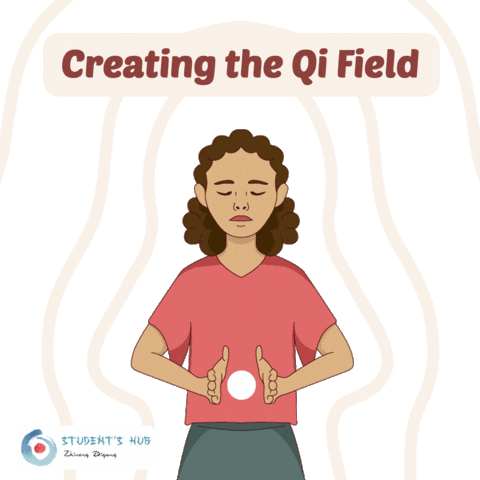
Dr Pang Ming’s idea of the Qi field differs from traditional ideas
Dr Pang’s idea of the Qi field contrasted traditional ideas in several ways. One key difference is that Dr. Pang viewed the Qi field as a universal energy field that encompasses not only the physical body, but also the environment, nature and other living beings. Traditional ideas focus primarily on the individual’s internal Qi and its flow within the body.

While some traditional practices emphasize static postures and breathing exercises to strengthen internal Qi, Dr. Pang believed that the Qi field could be cultivated and strengthened through the practice of qigong and by using one’s consciousness. By emphasizing the use of visualization, meditation, and movement students could enhance the flow of Qi.
Additionally, Dr. Pang emphasized the significance of group practice and collective Qi fields, suggesting that a strong collective Qi field could have a significant healing effect on individuals as well as the environments they are situated. This is different from some traditional practices, which placed a greater emphasis on individual Qi development and cultivation.
Benefits of building a Qi field during Zhineng Qigong practice
Overall, building a Qi field is an important aspect of Zhineng Qigong practice. Practitioners can increase their practice’s efficiency, deepen their comprehension of the practice, and cultivate a sense of community and connection with others by establishing a collective Qi field.
- Accelerating the healing process. The collective energy from the group practicing in a Qi field has the potential to generate a strong healing energy. This can be directed towards individuals who need it the most.
- Building a Qi field can deepen one’s own personal practice. When practicing in a group, practitioners can enhance their own Qi and deepen their understanding of the practice. They do this by drawing on the collective energy of the group.
- Creating a sense of community and connection among practitioners. Practitioners can share their experiences and support one another in their practice by practicing together. Because it can provide a sense of comfort and belonging during a trying time, this can be especially helpful for people who are battling serious health issues.
- Being connected with nature. When students connect with nature, the Hunyuan Qi of the universe allow nature’s Qi to nourish themselves.

How does the Eight Verses help Qigong practitioners to build a qi field ?
By focusing on cultivating positive thoughts and emotions and harmonizing the energy flow within the body, the Eight Verses Meditation of Zhineng Qigong can assist Qigong practitioners in building a Qi field.
Moreover, the practice of the Eight Verses involves reciting each verse while visualizing the corresponding energy center or meridian in the body. This process helps to activate and harmonize the flow of Qi within the body, which can help to increase the overall Qi of the practitioner.
In addition, the Eight Verses also cultivates positive emotions like love, compassion, and gratitude. During the practice, practitioners can contribute to the development of a positive and harmonious energy field around them by concentrating on these positive feelings.
According to Grandmaster Dr Pang, each practitioner’s Qi can interact with the Qi of others when practicing in a group, creating a collective Qi field. Practitioners can contribute to the collective Qi field by cultivating positive thoughts and emotions and harmonizing their own energy flow. This, in turn, can amplify and improve each practitioner’s own Qi.
Moreover, Grandmaster Pang Ming stresses the significance of practicing the Eight Verses with a clear and focused mind. Practitioners can cultivate a state of mental clarity and inner peace by focusing on the present moment and quieting the mind. This can help to deepen the Qi field and make the practice more powerful and effective.
Additionally, by harmonizing their own energy flow, cultivating positive emotions, and achieving a state of mental clarity and inner peace, the Eight Verses of Zhineng Qigong can help Qigong practitioners build a Qi field.
Our Ask A Master series:

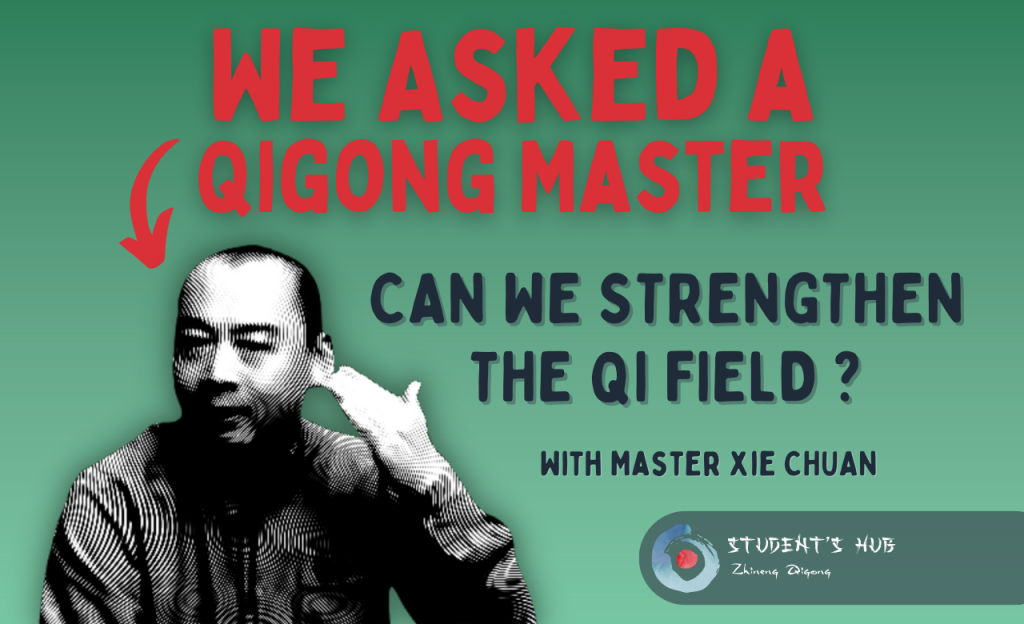
Ask A Master – Can we strengthen the Qi Field with Qigong? ft. Master Xie Chuan
Have any Questions for our next Qigong Master? Register now, and ask them for free here
Practice along and Learn the Eight Verses
Practitioners recite the Eight Verses to prepare their mental state before beginning a practice. Watch this video to learn the Eight Verses Meditation. Alongside this, for a powerful start to your practice, sing along while you get into your starting posture and adjust the mind. Or let it play in the background as you listen in, familiarize yourself and let this beautiful meditation penetrate your mind and calm your space. Click here to view this video here.
Ding Tian Li Di Meditation:
The aim of this meditation is to utilize the consciousness. Accordingly, practitioners use this meditation to adjust their body and mind and achieve a relaxed state with a refreshed alignment of the inner and external world. Their mind becomes quiet and focussed. While being guided by these phrases, students emerge into a practice state connecting with nature and the universe. They enter this state with their full mind and the Qi of their entire body. The verses serve to help practitioners become centred and aligned with the universal energy that exists and organize a Qi field.
Dǐng Tiān Lì Dì – 頂天立地
Xíng Sōng Yì Chōng – 形松意充
Wài Jìng Nèi Jìng – 外敬內靜
Xīn Chéng Mào Gōng – 心澄貌恭
Yī Niàn Bù Qǐ – 一念不起
Shén Zhù Tài Kōng – 神注太空
Shén Yì Zhào Tǐ – 神意照体
Zhōu Shēn Róng Róng – 周身融融
(Head) Touches the sky, (Feet) stand on earth
Body relaxes and mind expands
Be respectful and quiet (externally and internally)
Mind is clear and appearance is humble
No distracting thoughts
Mind expands into infinite space
Mind shines into the body, deeply and inwardly
Entire body is harmonized with Qi
Click here to find Guided Eight Verses Audio Meditations
More on the Eight Verses of Zhineng Qigong
The Eight Verses show the essence of practising Zhineng Qigong. Each verse guides students before the beginning of their practice as it allows them to be in a calm and mindful state. Visualization is extremely important. Considering each verse and the images they convey generates a greater Qi field within internal and external systems of human life. This achieves a deeply conscious state which is powerful during practice.
The Eight Verses Meditation helps practitioners to establish a strong Qi field and set up a clear intention for practice. Additionally, students call this meditation the Eight phrases of life meditation, or the Ding Tian Li Di song. An intention can be seen as an information substance form of Qi, and it has a direct impact on our journey. This intention is used as a design for one’s life, in turn it guides your health, wellbeing and all characteristics of who you are. Each verse of this meditation allows practitioners to enter their Yi Yuan Ti, where clear intentions are developed. Bearing in mind that intention influences information, the processes of healing can be activated through meditation and practice.

The Eight Verses E-book: Prof. Dr & Grandmaster Pang Ming’s Exploration of the Eight Verses of Zhineng Qigong Meditation
The Eight Verses are a set of eight lines that summarize the key principles of Zhineng Qigong practice. Each verse focuses on a different aspect of the practice, such as cultivating a calm and focused mind or harmonizing the body’s energy flow.
In the text, Grandmaster Pang Ming explains the deeper meaning behind each verse and how they relate to the practice of Zhineng Qigong. He emphasizes the importance of developing a clear and focused mind, and cultivating a sense of inner peace and harmony. Additionally, he stresses the importance of cultivating positive emotions, such as love and compassion, as a way to promote healing and well-being.
Throughout the text, Grandmaster Pang Ming offers insights and guidance on how to integrate the principles of the Eight Verses into one’s own practice. He encourages practitioners to approach the practice with an open mind and a willingness to learn and grow, and to strive for a balance of effort and relaxation in their practice.
Overall, the text provides a valuable insight into the philosophy and principles of Zhineng Qigong, and offers practical guidance for practitioners who wish to deepen their practice and cultivate greater health and well-being.
Find out more about Prof. Dr & Grandmaster Pang Ming’s Exploration of the Eight Verses of Zhineng Qigong Meditation
Sources:
- Journal of Alternative and Complementary Medicine: “Biofield Science: Current Physics Perspectives” (J Altern Complement Med. 2014 Nov;20(11):843-50).
- Evidence-Based Complementary and Alternative Medicine: “Oxytocin and Meditation: Associations with Changes in Plasma Oxytocin and Stress in a Large Pilot Study” (Evid Based Complement Alternat Med. 2011;2011:838406).
- Cupido, L. (2020). Prof. Dr & Grandmaster Pang Ming’s Exploration of the Eight Verses of Zhineng Qigong Meditation: Based on Conversations with Master Yuantong Liu and Britta Stalling.
- Pang, M. (2000). The Hunyuan method for fertility. China: Huaxia Publishing House.
- Pan, X., Zhang, Z., & Xia, Y. (2003). Effects of external qi of Yan Xin Qigong on non-practitioners’ immune function and its time and dosage effects. Journal of Alternative and Complementary Medicine, 9(4), 489-495.
- Pang, M. (1991). Theories of Zhineng Qigong Science. Huaxia Publishing House. Li, C., Liu, J., Zhang, J., & Yuan, H. (2014). Traditional Chinese medicine-based network pharmacology could lead to new multicompound drug discovery. Evidence-based complementary and alternative medicine, 2014.



